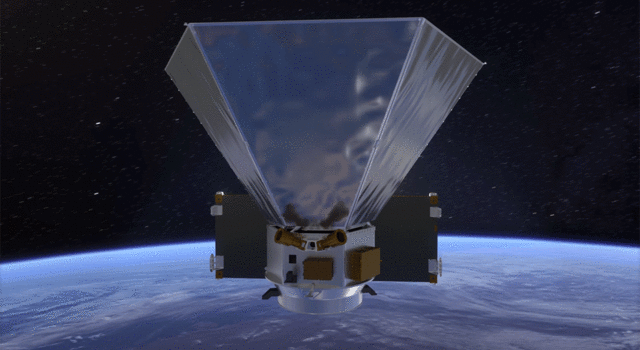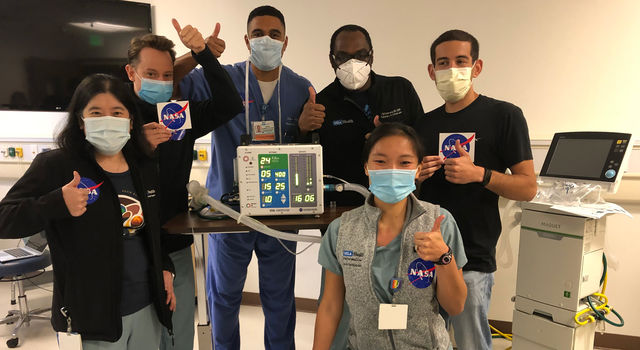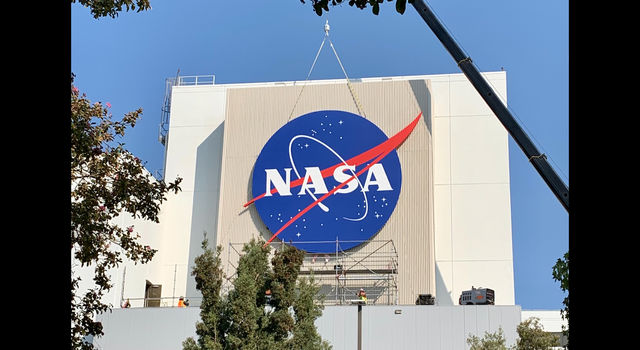Blogs | Slice of History | August 2, 2012
Free Fall Capsule Drop Test
In 1961, a drop capsule was developed at NASA's Jet Propulsion Laboratory in Pasadena, Calif., by Section 354, Engineering Research. It was an experimental chamber to study how liquids behave in free-fall (zero gravity). The prototype capsule was dropped from a helicopter hovering at 800 feet, but the capsule was found to be too unstable for these tests. In September 1962, a trial drop was done from the Bailey bridge that connected JPL to the east parking lot. Testing was then moved to a bridge crossing Glen Canyon near Page, Arizona. The dam was under construction at the time and provided a 672-foot-fall with a soft dirt impact area.
The 204 pound shell contained a high-impact sequence camera designed for this experiment, a stopwatch, a liquid sample and a release mechanism. Three external motion picture cameras with different focal lengths looked down on the capsule as it fell. Although the capsule fell for about 10 seconds without rolling, pitching or yawing, there were problems with the internal release mechanism. It appears the experiment was discontinued after two attempts.
This post was written for “Historical Photo of the Month,” a blog by Julie Cooper of JPL's Library and Archives Group.
TAGS:HISTORY, TECHNOLOGY







